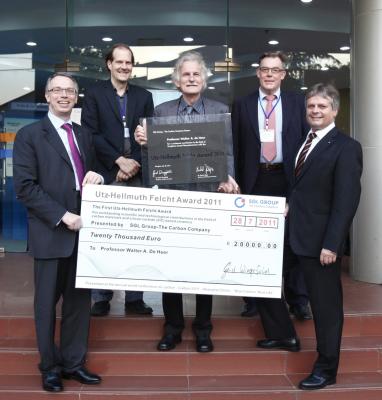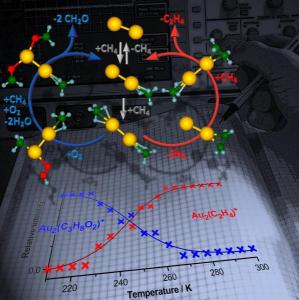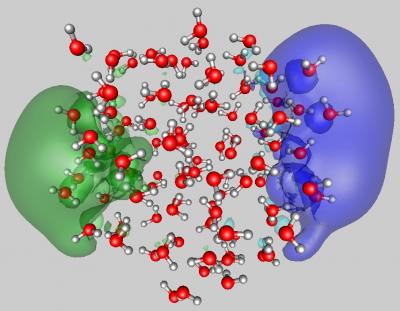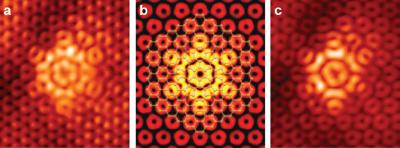IceCube is gigantic detector, about 400 times the volume of the great pyramid of Giza, that operates at the geographic South Pole. By finding and studying ghost-like neutrino particles, IceCube will open a new window into the Universe and may solve the century-old question of the origin of cosmic rays. Ignacio's talk will describe the operation of IceCube, life at the South Pole, what neutrinos and cosmic rays are and how IceCube uses neutrinos to study the cosmos.
For more information see the Atlanta Science Tavern page.













